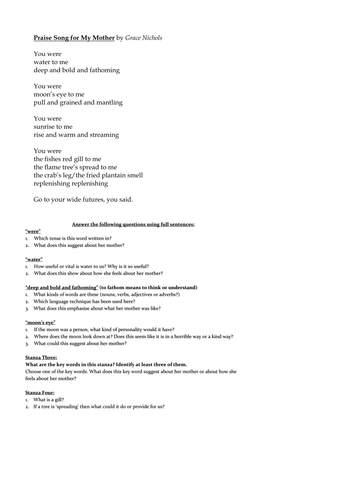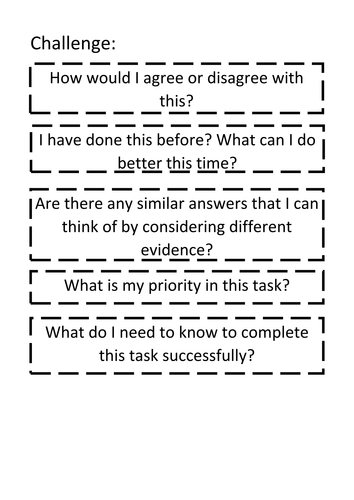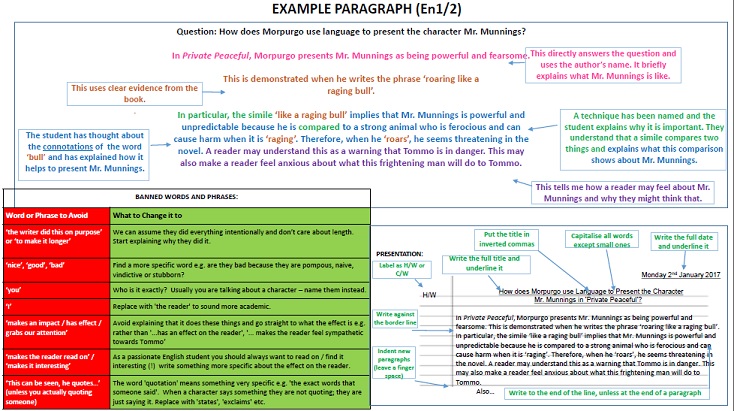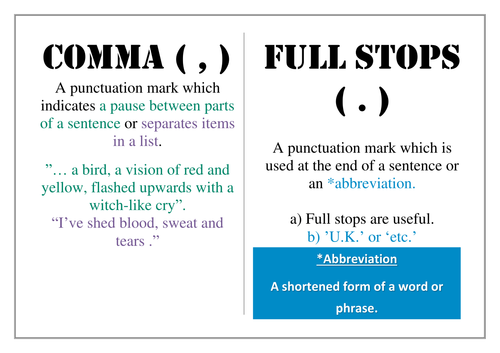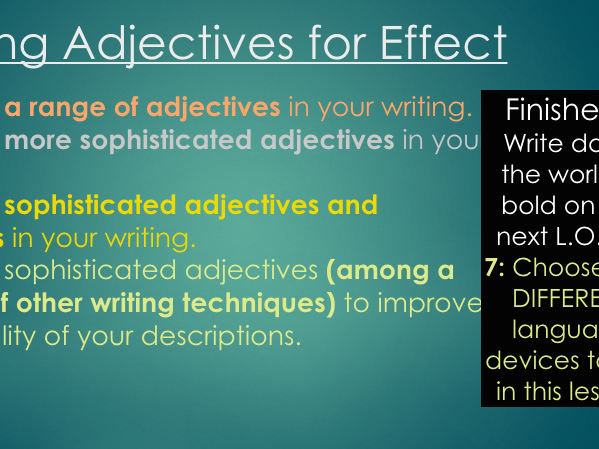TheTeachingBee's Shop
I am passionate about making the teaching of some challenging texts accessible and fun for both staff and students, particularly in the wake of the new English specification. My desire is to share practical ideas and resources (from powerpoints and handouts to classroom displays) to make teaching an engaging but also straightforward and purposeful process!

